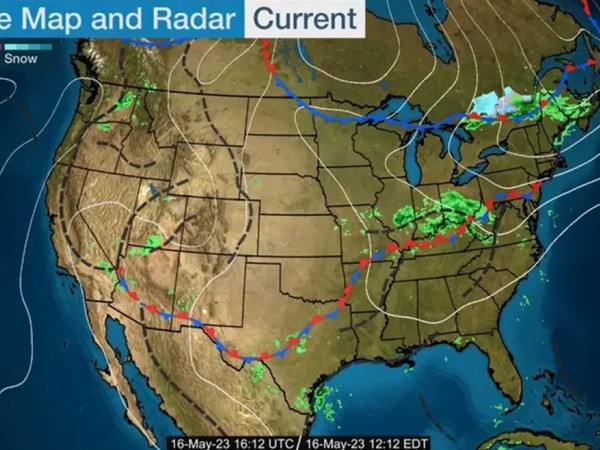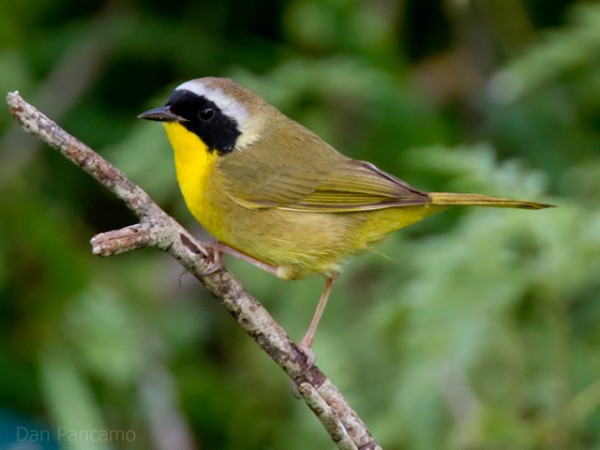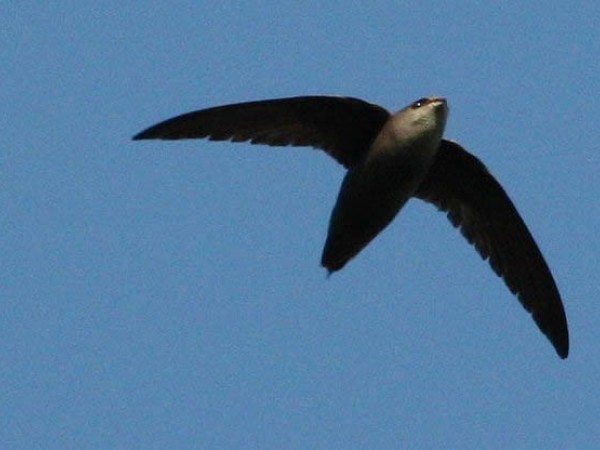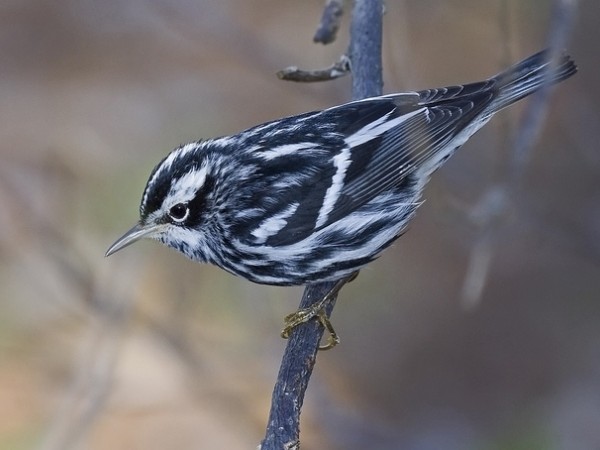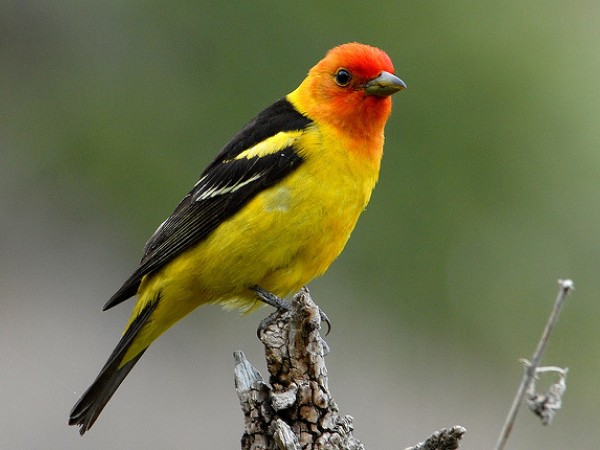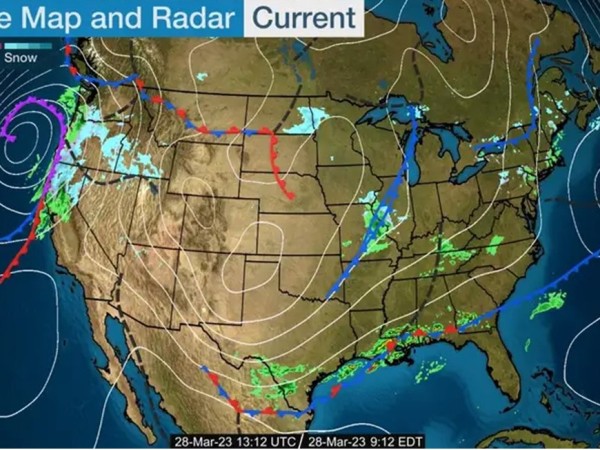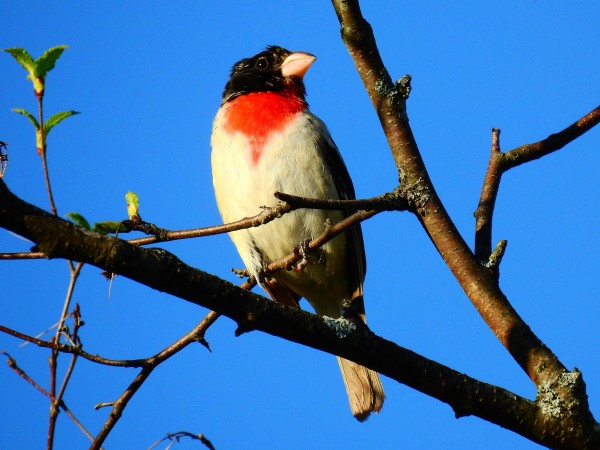2023 Spring Weather Forecasts for Migrating Songbirds-Report #7
Dear Journey North Readers,
Migration seems to have been either feast or famine across the country. Migration over much of the southern half of the country has been slow, but it has been active farther north. Once that stationary front moved on, the good flying conditions helped push birds north, and many of them were able to skip stopping over in the South. Over the past few days, 25 warbler species have been seen in Central Park in New York City, and 16 warbler species have been seen in Massachusetts. Birders as far north as Maine were also treated to a variety of warblers, along with many Least Flycatchers, Rose-breasted Grosbeaks, and Baltimore Orioles.
The Midwest and Great Plains regions have also seen an active migration. Nebraska had an influx of Baltimore and Orchard Orioles, birders in Michigan saw a lot of Cerulean Warblers, Common Yellowthroats, and Gray Catbirds, and Minnesotans reported their first Chimney Swifts and House Wrens. The big winner, however was South Dakota, where the good flying conditions pushed a large number (both numbers of species and individuals) of warblers up that way. Birders reported dozens of Wilson’s Warblers, Orange-crowned Warblers, Black-and-white Warblers, Tennessee Warblers, Magnolia Warblers, American Redstarts, and Mourning Warblers. They also saw many Warbling Vireos.
In the western US, it wasn’t quite as busy, but migrants are still making their way north. Black-headed Grosbeaks, Warbling Vireos, Western Tanagers, and Olive-sided Flycatchers continued streaming through Washington, while Yellow Warblers, Yellow-rumped Warblers, and Swainson’s Thrushes have made it to Alaska.
This pattern looks like it will hold for the coming week. Looking at the weather map, there is a front moving into the eastern part of the US, but it is not a particularly strong front, so it shouldn’t hold birds back more than a day or so. Overall, it looks like more good flying weather over most of the country, so I expect most birds to bypass the southern US and continue arriving in the northern areas.
Take care,
David Aborn
University of Tennessee at Chattanooga
submitted 05/16/2023

